The future wasn't meant to be
1/11
There's no tags or description
Looks like no tags are added yet.
Name | Mastery | Learn | Test | Matching | Spaced |
|---|
No study sessions yet.
12 Terms
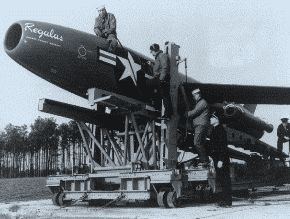
Rocket Mail
Rocket mail was an early-20th-century idea to deliver letters using small rockets: launch a rocket carrying mail across a short distance, recover it at the other end, and speed up delivery. Dozens of experimental trials occurred in places like Germany, the UK, India, and the United States from the 1930s to the 1950s—some successfully delivered letters, but many rockets crashed, burned the mail, or proved unreliable. The concept ultimately failed because rockets were costly, unsafe, and far less practical than airplanes, boats, or trucks, so rocket mail remained a curious historical experiment rather than a viable postal service. (some motivation came from cold war)
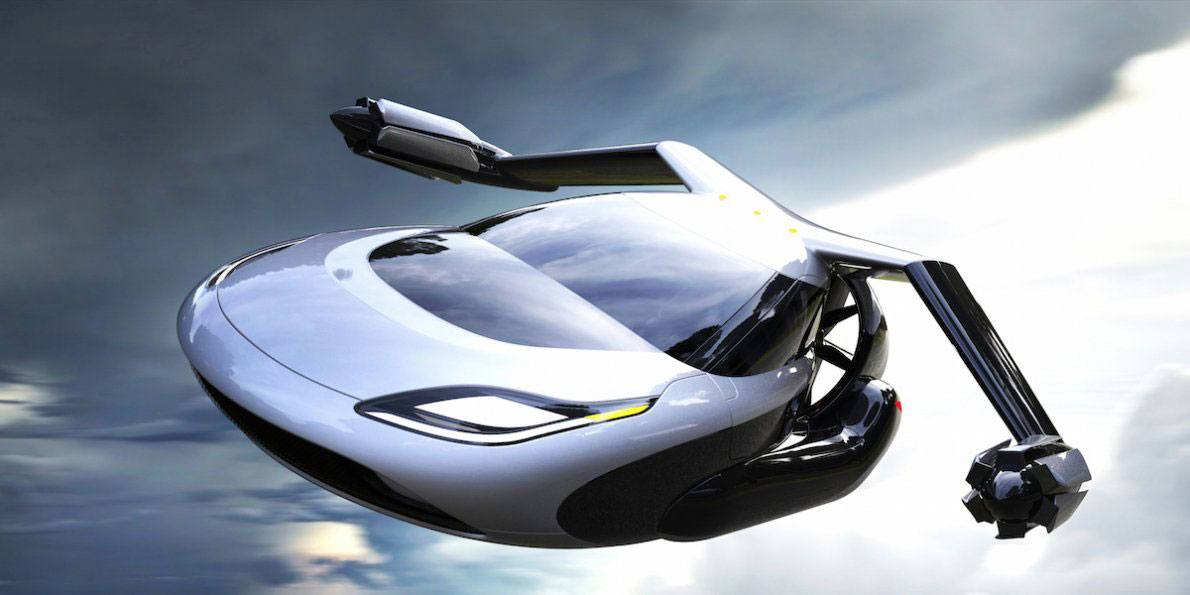
flying car
A flying car is a road-capable vehicle that can also fly, usually by combining vertical-lift systems (rotors or tilt-rotors) with airplane-style wings for efficient forward flight. Practical designs today fall into two camps: tilt-rotor/rotating-blade hybrids that take off vertically then switch to winged flight, and eVTOLs that use many electric propellers plus wings. Major hurdles are safety/certification, limited battery range and energy density, air-traffic rules and infrastructure, cost, and noise; so early use will likely be piloted air-taxi services operating from vertiports rather than widespread private ownership.
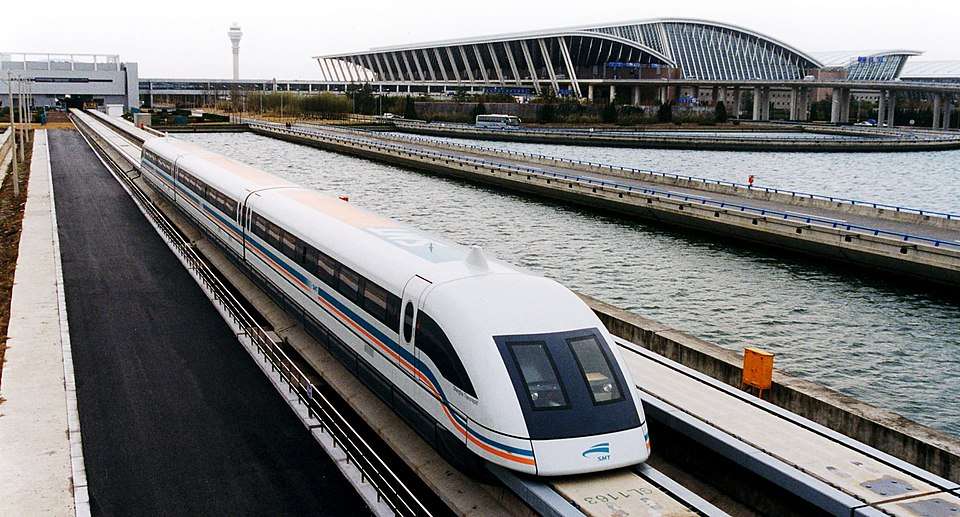
maglev
Maglev (magnetic levitation) trains use magnetic forces to lift, guide, and propel vehicles above a track, eliminating wheel-rail contact and drastically reducing friction. There are two main approaches: electromagnetic suspension (EMS), which uses electromagnets on the vehicle to attract it to a ferromagnetic guideway and requires active control, and electrodynamic suspension (EDS), which uses superconducting or strong permanent magnets to induce repulsive lift and typically needs the vehicle to be moving to generate stable levitation. Propulsion comes from a linear motor built into the guideway that pulls the train forward.
Benefits: very high speeds (hundreds of km/h), smooth ride, low mechanical wear, and high energy efficiency at speed.
Drawbacks: very high infrastructure and maintenance costs, complex switching and track-connection design, and (for some systems) the need for strong cooling/superconducting tech or constant power and control.
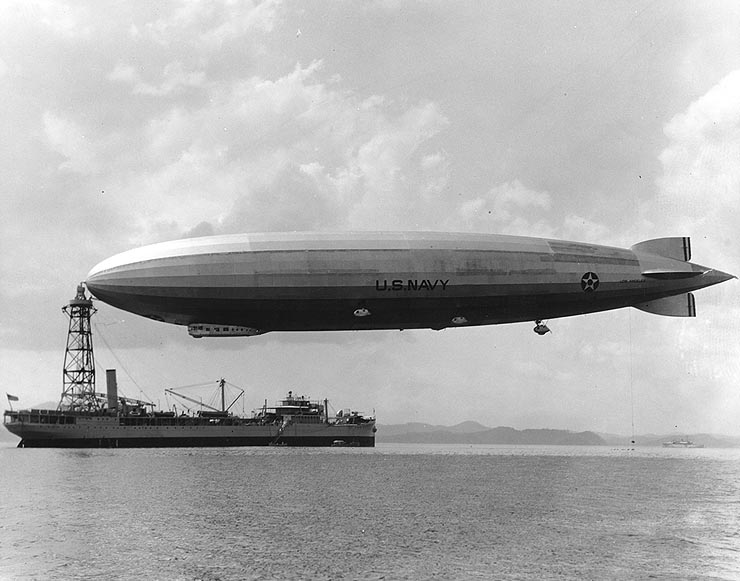
zeppelin
Zeppelins were large German airships invented in the early 1900s by Count Ferdinand von Zeppelin. They were filled with hydrogen, which made them lighter than air and able to float, while engines and propellers provided forward motion. Zeppelins were used for passenger travel, exploration, and bombing raids during World War I. However, their reliance on flammable hydrogen made them dangerous, with the 1937 Hindenburg disaster marking their decline. Despite this, they were an important step in aviation history.
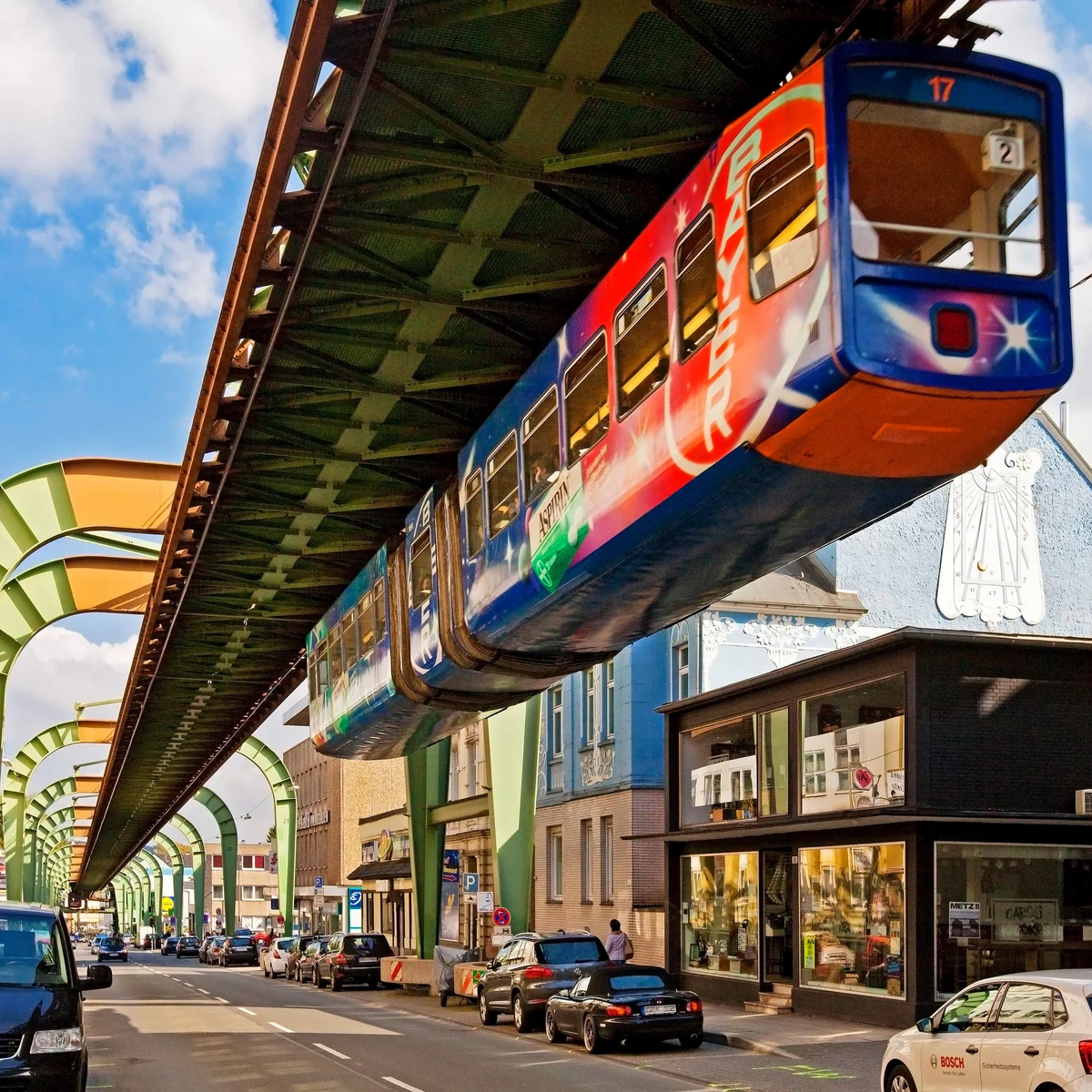
suspension railway
A suspension railway is a type of train system where the train hangs below a fixed track rather than riding on top of rails. The train is supported and guided by overhead beams or rails, and propulsion can be electric or mechanical. Suspension railways are useful in urban areas with limited space, over rivers, or through uneven terrain because they require minimal ground footprint. They offer a smooth ride and are often quieter than traditional trains, but building and maintaining the elevated track can be expensive. Examples include the Wuppertal Suspension Railway in Germany.
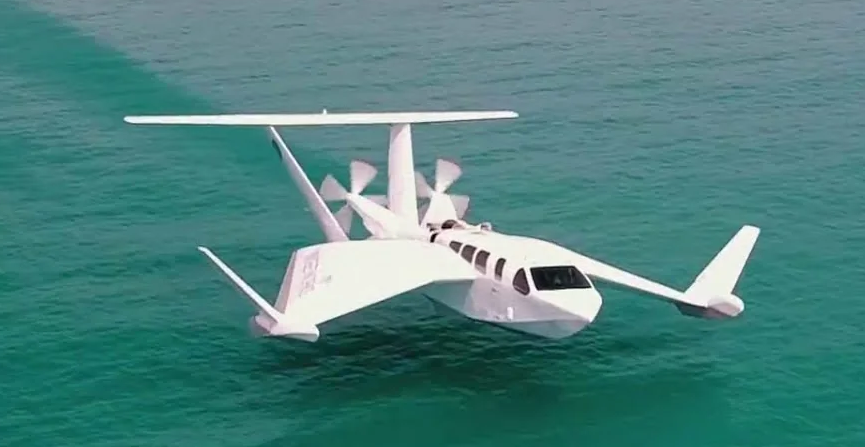
ground-effect vehicles
Ground Effect Vehicles (GEVs) are vehicles that fly just above the surface, usually over water, taking advantage of the ground effect—a cushion of air trapped between the vehicle and the surface that increases lift and reduces drag. This allows them to travel faster and more efficiently than conventional boats or planes at low altitudes.
However, GEVs never became widespread because they face major challenges: they are limited to flat surfaces like oceans or lakes, are hard to control in rough weather, and require special infrastructure and safety measures. High costs, regulatory hurdles, and operational risks prevented them from becoming a common mode of transport.
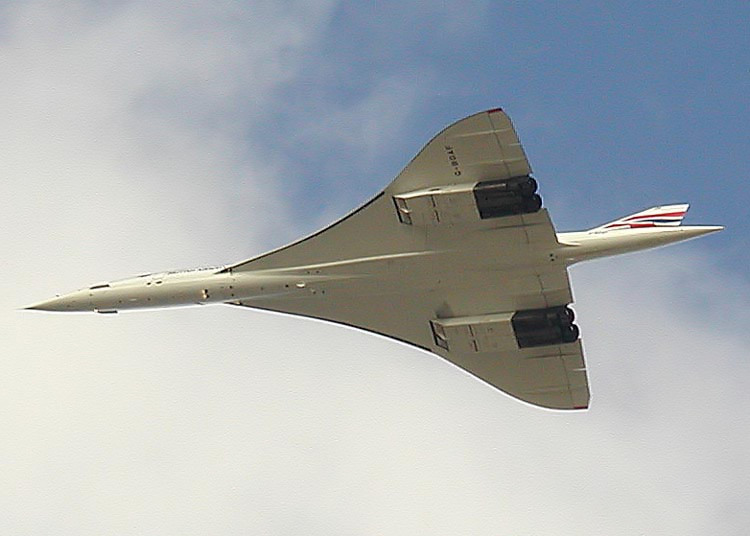
supersonic transport
Supersonic Transport (SST) refers to passenger aircraft that can fly faster than the speed of sound, reducing travel time significantly. The most famous example is the Concorde, which could cross the Atlantic in about 3–4 hours.
However, SSTs failed to become widespread due to several reasons: they were extremely expensive to operate, consumed huge amounts of fuel, created sonic booms that restricted flight paths over land, and had limited passenger capacity. High costs, environmental concerns, and safety regulations led to the retirement of Concorde and halted the development of other commercial supersonic aircraft.
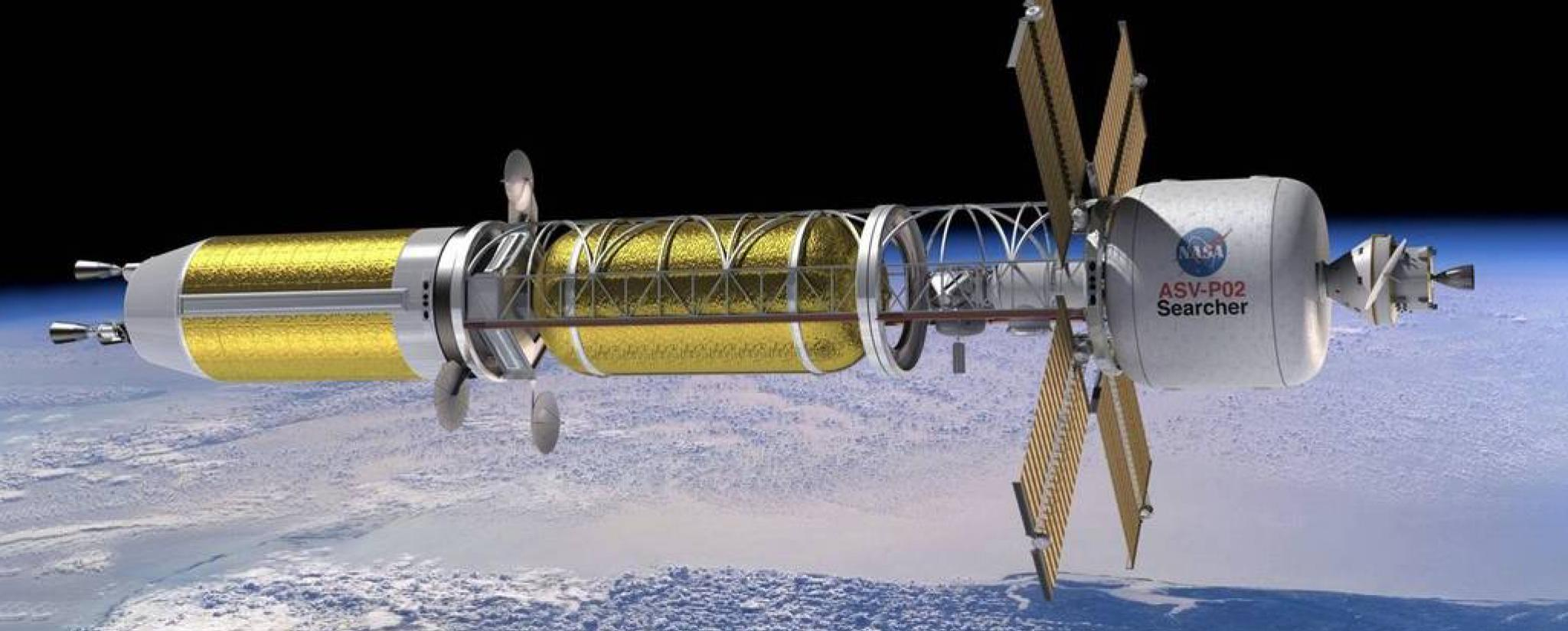
nuclear propulsion
Nuclear propulsion uses nuclear reactions to generate energy that powers ships, submarines, or spacecraft. In ships and submarines, nuclear reactors produce heat to create steam, which drives turbines and propellers, allowing vessels to operate for years without refueling. In spacecraft, nuclear propulsion can provide more efficient thrust than chemical rockets, enabling longer missions.
However, nuclear propulsion faces significant challenges: high costs, complex safety and waste management, political and environmental concerns, and the risk of nuclear accidents. These issues have limited its use mainly to military vessels and experimental space missions rather than widespread commercial adoption.
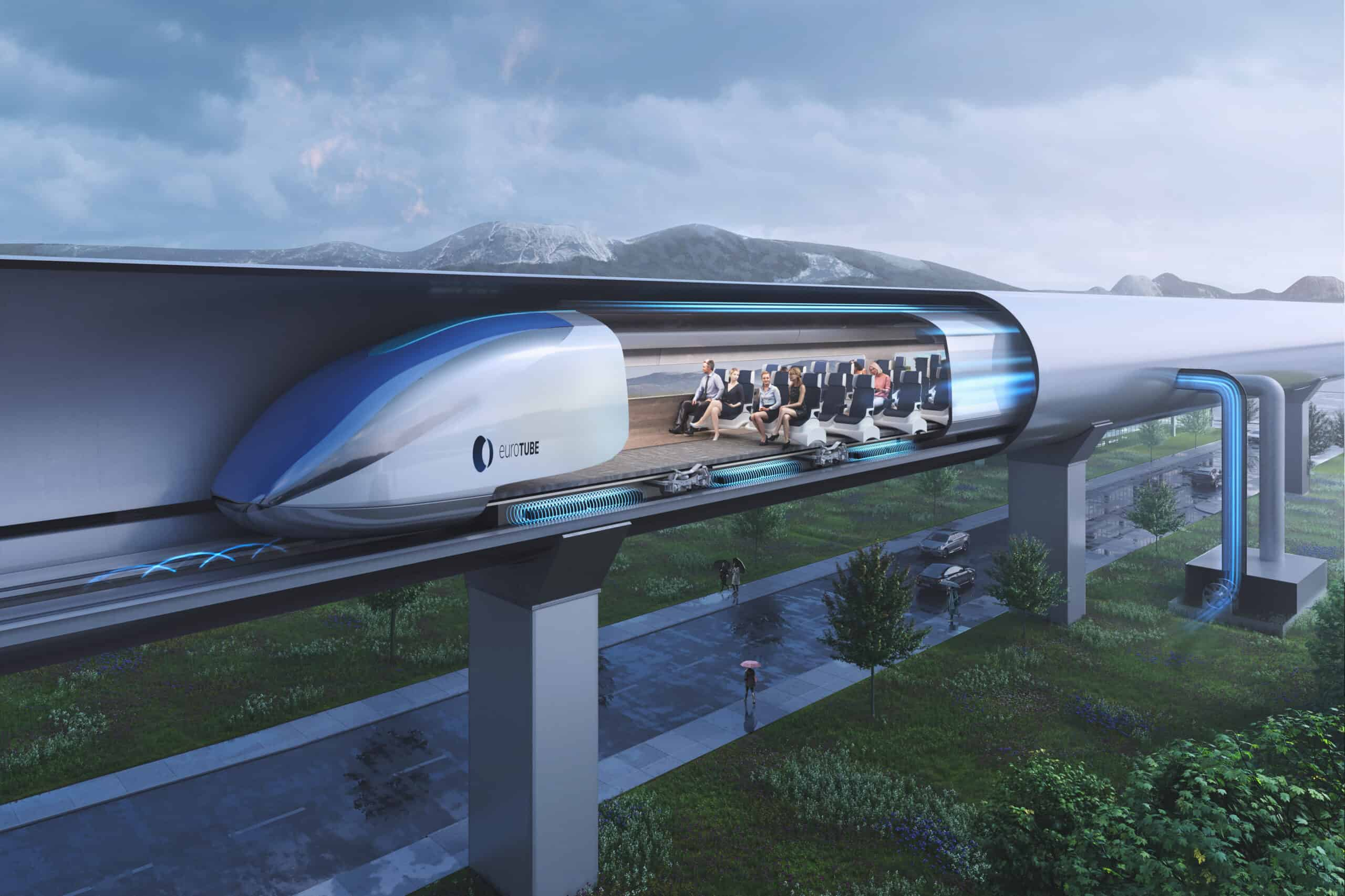
hyperloop
The Hyperloop is a proposed high-speed transportation system where passenger pods travel through low-pressure tubes on magnetic or air-based levitation, drastically reducing air resistance. The concept promises speeds of over 1,000 km/h and could shorten travel times between cities.
However, it has not been widely implemented due to major challenges: extremely high construction costs, technical hurdles in maintaining vacuum tubes over long distances, safety concerns, and regulatory and land-acquisition issues. These obstacles have so far kept the Hyperloop in the experimental and testing stage, with only small-scale prototypes built.

hydrogen vehicle
A hydrogen vehicle is powered by hydrogen fuel cells, which combine hydrogen and oxygen to produce electricity, emitting only water vapor as a byproduct. These vehicles can refuel quickly and have a longer range than many battery-electric cars.
However, hydrogen vehicles face several challenges: producing and storing hydrogen is expensive, refuelling infrastructure is limited, and fuel cells are costly and complex. These factors have prevented widespread adoption, keeping hydrogen cars mostly in pilot programs and niche markets rather than mainstream use.
mecha
Mecha refers to large, piloted robots often seen in science fiction, capable of performing combat, construction, or other specialized tasks. They are typically humanoid or vehicle-like machines controlled by a human pilot inside a cockpit.
In reality, mecha have not become practical because of major limitations: they are extremely expensive, mechanically complex, energy-inefficient, and difficult to control. Current robotics and exoskeleton technologies are far more effective for industrial or military purposes, so mecha remain largely a concept of fiction and experimental prototypes.
metaverse
The Metaverse is a virtual, interconnected digital universe where people can interact, work, play, and socialize through avatars and immersive technologies like VR and AR. It aims to blend physical and digital experiences, creating spaces for gaming, commerce, education, and social interaction.
However, the Metaverse has faced challenges that limit its widespread adoption: high costs of VR/AR hardware, technical limitations, privacy and security concerns, and lack of standardized platforms. These issues, along with unclear demand, have kept it mostly in the development and experimental stage rather than being a mainstream digital environment.